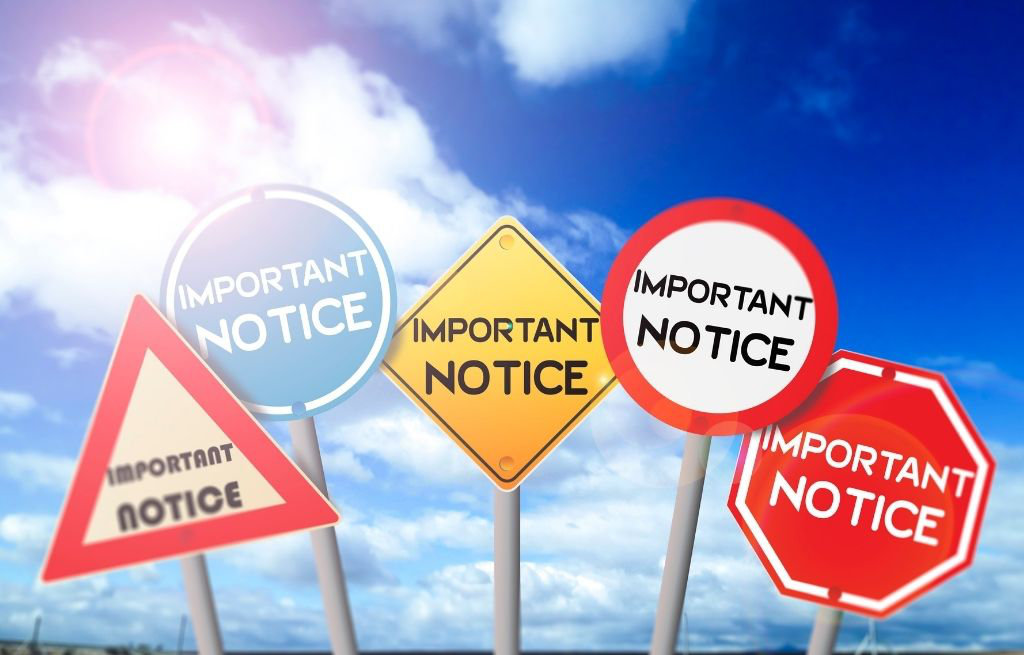All businesses understand that safety signs represent an essential element of their health and safety policies, but it is arguable that not every organisation proactively considers the reasons why they have come to be regarded as so vital.
Not considering the role in the workplace could be an important oversight for companies in many industries. The success of a workplace safety intervention often depends on the degree to which managers are able to communicate the value of a measure to their staff – after all, if workers have not bought into your organisation’s health and safety policies, they are less likely to follow the rules as closely as they should.
It’s vital that those in charge of workplace safety spend some time thinking about why these signs are so valuable. Below are five of the main reasons why.
Caution Safety First
These signs also encompass NOTICE signs as well as Safety Instruction signs and keep your workers well-informed. These types of signs will alert workers of where first aid kits are, the locations of emergency eyewash stations etc.
While many are mandatory to have in the workplace, adding informational signs can greatly contribute to worker’s safety.
- Traffic control signs: If a facility has vehicle and pedestrian traffic, stop signs will keep forklifts and pedestrians safe.
- Prohibition signs: Remind people not to smoke, not to enter certain areas, not to use their cell phone.
- Security signs: These signs help to protect people and property by keeping people out of certain locations.
- Office signs: Every facility, even a typical office, provide directions or instructions regarding tasks.
These signs are crucial to workplace safety, but training workers on the meanings of safety and symbols used on signs are equally as important.


Leave A Comment